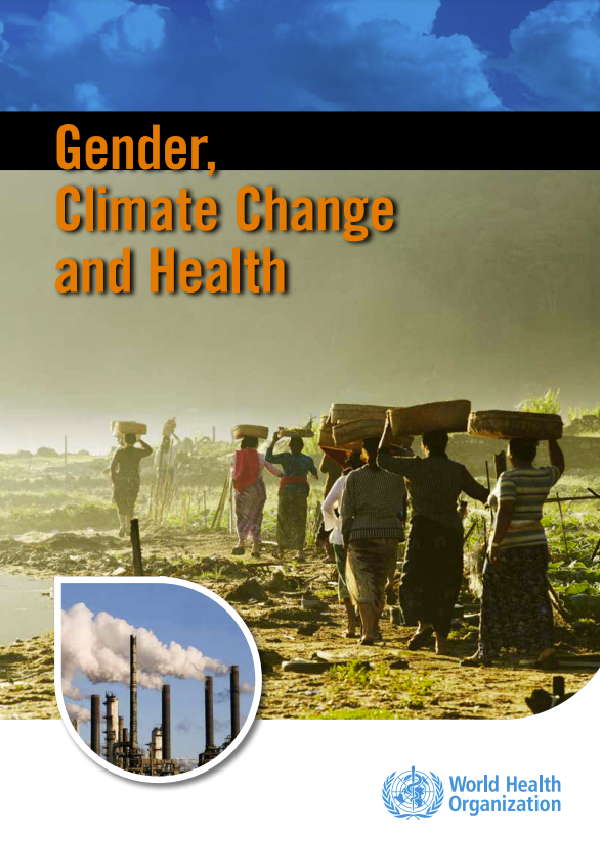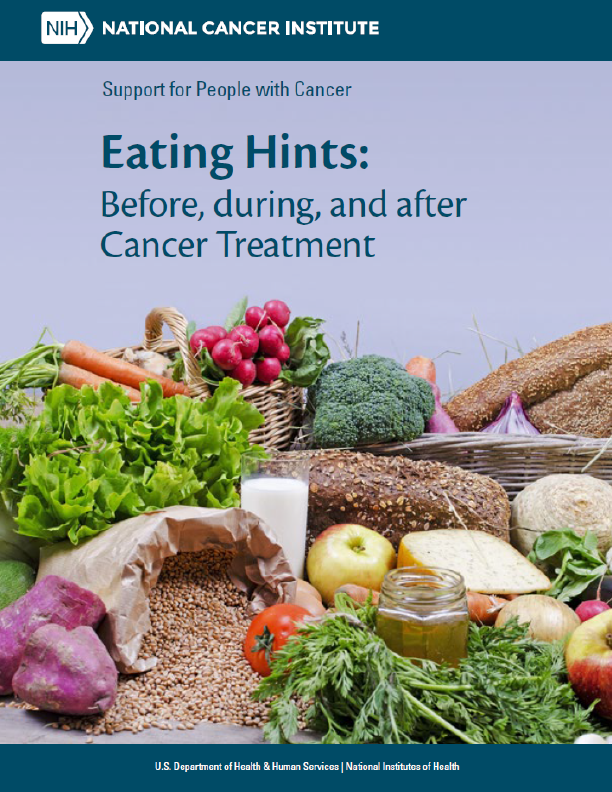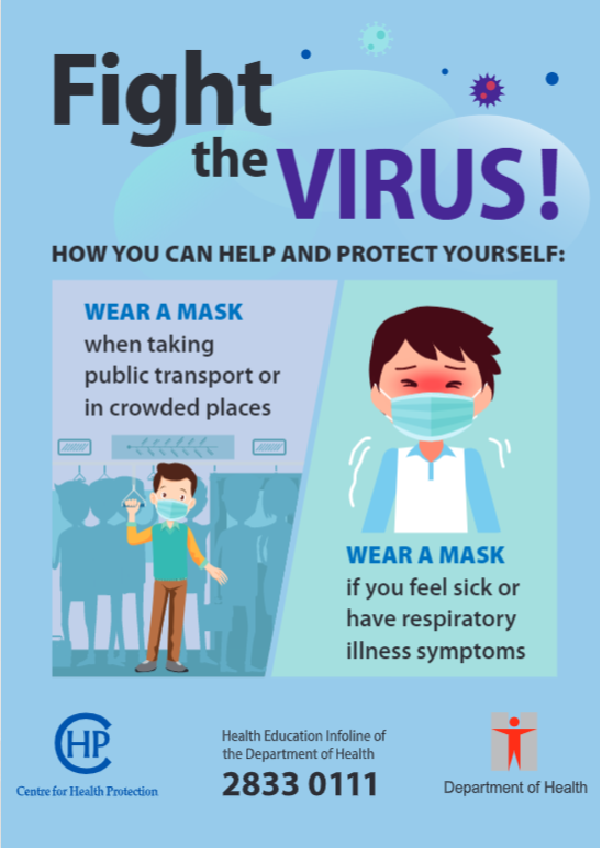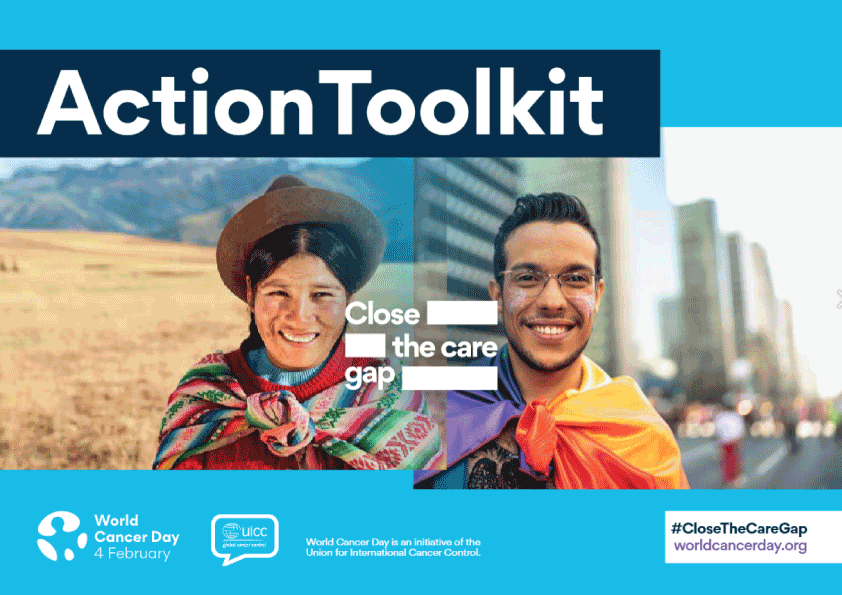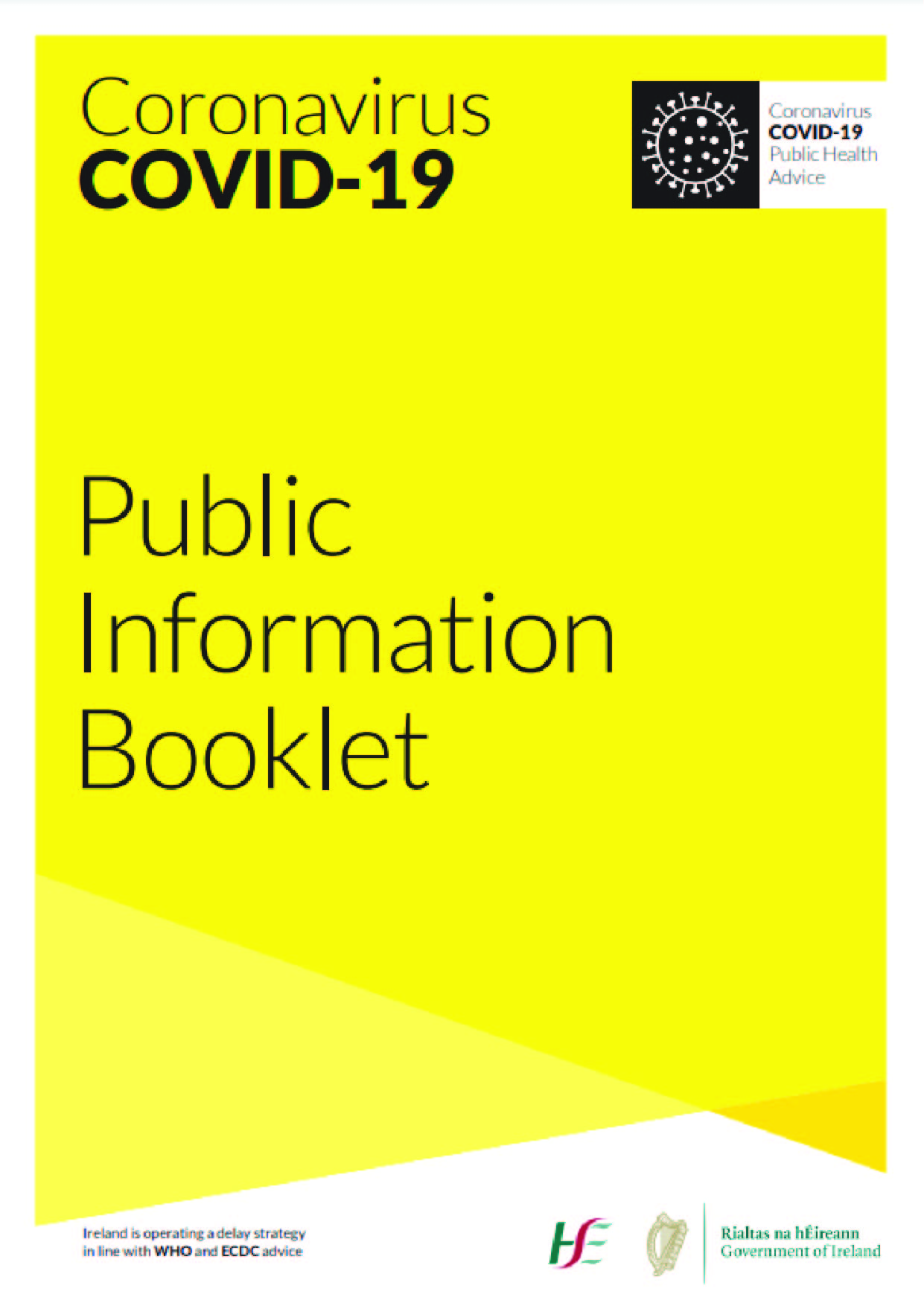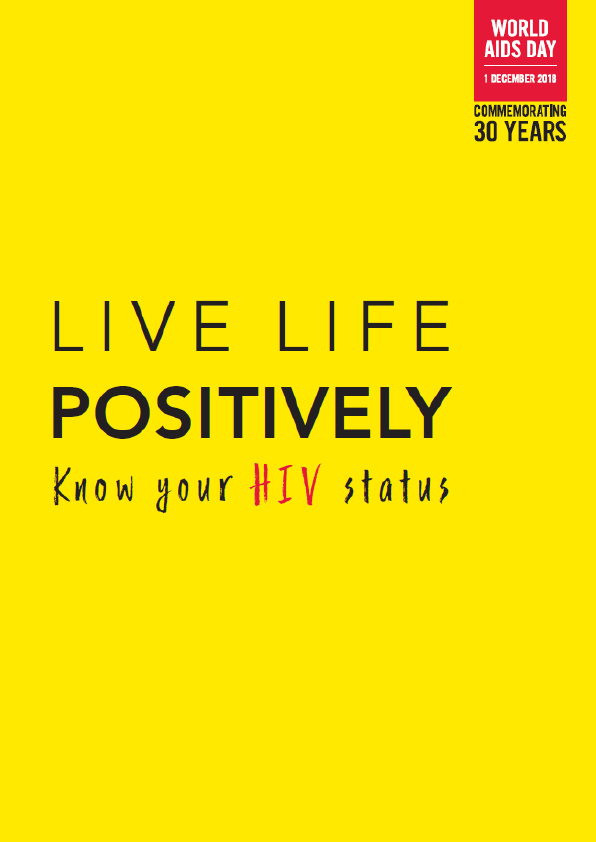The earth’s climate is changing rapidly, mainly due to human activities. Increasing temperatures, sea-level rises, changing patterns of precipitation, and more frequent and severe extreme events are expected to have large adverse effects on key determinants of human health, including clean air and water, sufficient food, and adequate shelter.
The effects of climate on human society, and our ability to mitigate and adapt to them, are mediated by social factors, including gender. This report provides a first review of the interactions between climate change, gender, and health. It documents evidence for gender differences in health risks that are likely to be exacerbated by climate change, and in adaptation and mitigation measures that can help to protect and promote health.
The aim of this publication is to provide a framework to strengthen WHO support to the Member States in developing health risk assessments and climate policy interventions that are beneficial to both women and men.
There is now strong evidence that the earth’s climate is changing rapidly, mainly due to human activities. Increasing temperatures, sea-level rises, changing patterns of precipitation, and more frequent and severe extreme events are expected to have large adverse effects on key determinants of human health, including clean air and water, sufficient food and adequate shelter.
The effects of climate on human society, and our ability to mitigate and adapt to them, are mediated by social factors, including gender. This report provides a first review of the interactions between climate change, gender and health. It documents evidence for gender differences in health risks that are likely to be exacerbated by climate change, and in adaptation and mitigation measures that can help to protect and promote health. The aim is to provide a framework to strengthen World Health Organization (WHO) support to Member States in developing health risk assessments and climate policy interventions that are beneficial to both women and men.
Many of the health risks that are likely to be affected by ongoing climate change show gender differentials. Globally, natural disasters such as droughts, floods and storms kill more women than men, and tend to kill women at a younger age. These effects also interact with the nature of the event and social status. The gender-gap effects on life expectancy tend to be greater in more severe disasters, and in places where the socioeconomic status of women is particularly low. Other climate-sensitive health impacts, such as undernutrition and malaria, also show important gender differences.
Gender differences occur in health risks that are directly associated with meteorological hazards. These differences reflect a combined effect of physiological, behavioural and socially constructed influences. For example, the majority of European studies have shown that women are more at risk, in both relative and absolute terms, of dying in heatwaves. However, other studies have also shown that unmarried men tend to be at greater risk than unmarried women, and that social isolation, particularly of elderly men, may be a risk factor.
Differences are also found in vulnerability to the indirect and longer-term effects of climaterelated hazards. For example, droughts in developing countries bring health hazards through reduced availability of water for drinking, cooking and hygiene, and through food insecurity. Women and girls (and their offspring) disproportionately suffer health consequences of nutritional deficiencies and the burdens associated with travelling further to collect water. In contrast, in both developed and developing countries, there is evidence that drought can disproportionately increase suicide rates among male farmers.
Women and men differ in their roles, behaviours and attitudes regarding actions that could help to mitigate climate change. Surveys show that in many countries men consume more energy than women, particularly for private transport, while women are often responsible for most of the household consumer decisions, including in relation to food, water and household energy. There is also evidence of gender differences in relation to the health and safety risks of new technologies to reduce greenhouse gas emissions. Such information could support more targeted, more effective efforts to bring about more healthy and environmentally friendly policies.
These differences are also reflected in the health implications of potential greenhouse gas mitigation policies. For example, inefficient burning of biomass in unventilated homes releases high levels of black carbon, causing approximately 2 million deaths a year, mainly of women and children in the poorest communities in the world. The black carbon from such burning is also a significant contributor to local and regional warming. At the household level, women are sometimes critical decision-makers in terms of consumption patterns and therefore the main beneficiaries of access to cleaner energy sources.
Resources, attitudes and strategies to respond to weather-related hazards often differ between women and men. For example, studies in India have shown that women tend to have much lower access to critical information on weather alerts and cropping patterns, affecting their capacity to respond effectively to climate variability. The same study showed that when confronted with long-term weather shifts, men show a greater preference to migrate, while women show a greater preference for wage labour.
Evidence from case studies suggests that incorporation of a gender analysis can increase the effectiveness of measures to protect people from climate variability and change. In particular, women make an important contribution to disaster reduction, usually informally through participating in disaster management and acting as agents of social change. Many disasterresponse programmes and some early warning initiatives now place particular emphasis on engaging women as key actors.
There are important opportunities to adapt to climate change and to enhance health equity. Approaches to adaptation have evolved from initial infrastructure-based interventions to a more development-oriented approach that aims to build broader resilience to climate hazards. This includes addressing the underlying causes of vulnerability, such as poverty, lack of empowerment, and weaknesses in health care, education, social safety nets and gender equity. These are also some of the most important social determinants of health and health equity.
Gender-sensitive assessments and gender-responsive interventions have the potential to enhance health and health equity and to provide more effective climate change mitigation and adaptation. Gender-sensitive research, including collection, analysis and reporting of sex-disaggregated data, is needed to better understand the health implications of climate change and climate policies. However, there is already sufficient information to support gender mainstreaming in climate policies, alongside empowerment of individuals to build their own resilience, a clear focus on adaptation and mitigation, a strong commitment (including of resources), and sustainable and equitable development.
“Climate change affects every aspect of society, from the health of the global economy to the health of our children. It is about the water in our wells and in our taps. It is about the food on the table and at the core of nearly all the major challenges we face today.
